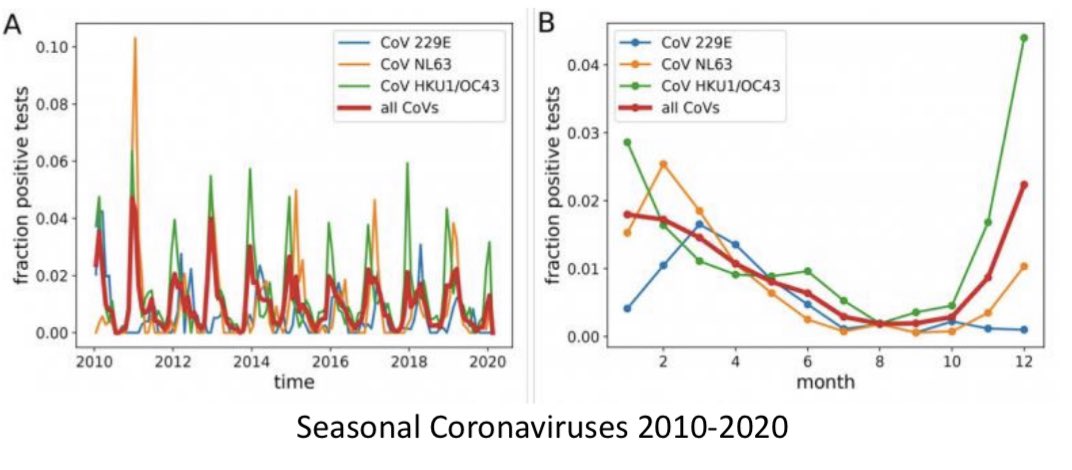
Terrific write up!
Perhaps the most thorough reporting I’ve seen on the controversies surrounding rapid tests
An extremely important point @GiorgiaWithAnI covered is one at heart of the confusion but previously not covered well..
See short thread
1/x
nature.com/articles/d4158…
Perhaps the most thorough reporting I’ve seen on the controversies surrounding rapid tests
An extremely important point @GiorgiaWithAnI covered is one at heart of the confusion but previously not covered well..
See short thread
1/x
nature.com/articles/d4158…
I’ve spoken on sensitivity and why rapid Ag tests shouldn’t be compared to PCR
Nevertheless, we’re stuck comparing to PCR. So, to deal w this, “we” have taken to comparing rapid antigen tests to PCR results below specific Ct values that may represent contagious virus loads
2/x
Nevertheless, we’re stuck comparing to PCR. So, to deal w this, “we” have taken to comparing rapid antigen tests to PCR results below specific Ct values that may represent contagious virus loads
2/x
In many studies, Ct of <30 or <25 are considered to be likely contagious or “high virus”, respectively
HOWEVER this is bad. We must stop assuming this
Not all labs are the same
A Ct 25 in many labs may = a Ct of 18 elsewhere
This happened in Liverpool w Innova evaluation
3/x
HOWEVER this is bad. We must stop assuming this
Not all labs are the same
A Ct 25 in many labs may = a Ct of 18 elsewhere
This happened in Liverpool w Innova evaluation
3/x
In Liverpool, one scientist made a huge deal of saying that Innova was not performing well at a Ct of 25 - which he considered as “high” virus load.
But it turns out that that lab uses a particularly efficient PCR assay and a 25 is actually “low”. In that lab <18 is “high”
4/x
But it turns out that that lab uses a particularly efficient PCR assay and a 25 is actually “low”. In that lab <18 is “high”
4/x
When evaluated against the correct cutoff for moderate/high virus load (likely contagious virus) the Innova test performed extremely well (>90% overall sensitivity in that range).
So it is SO important for scientists to take the variation in CT values across labs seriously
5/x
So it is SO important for scientists to take the variation in CT values across labs seriously
5/x
The simple failure to accurately translate Ct values to viral RNA load has unfortunately led governments to question certain rapid tests & delay rapid Ag test use... all bc a scientist made a mistake and went to the media before correcting that mistake
(Still hasn’t)
6/x
(Still hasn’t)
6/x
Thanks @GiorgiaWithAnI for doing such a thorough reporting on the myriad issues of rapid tests. Wonderful write up (see top of thread 👆)
It covers much of the controversy. The issue I discuss here starts halfway down at: “But differently calibrated PCR systems...”
7/7
It covers much of the controversy. The issue I discuss here starts halfway down at: “But differently calibrated PCR systems...”
7/7
• • •
Missing some Tweet in this thread? You can try to
force a refresh



